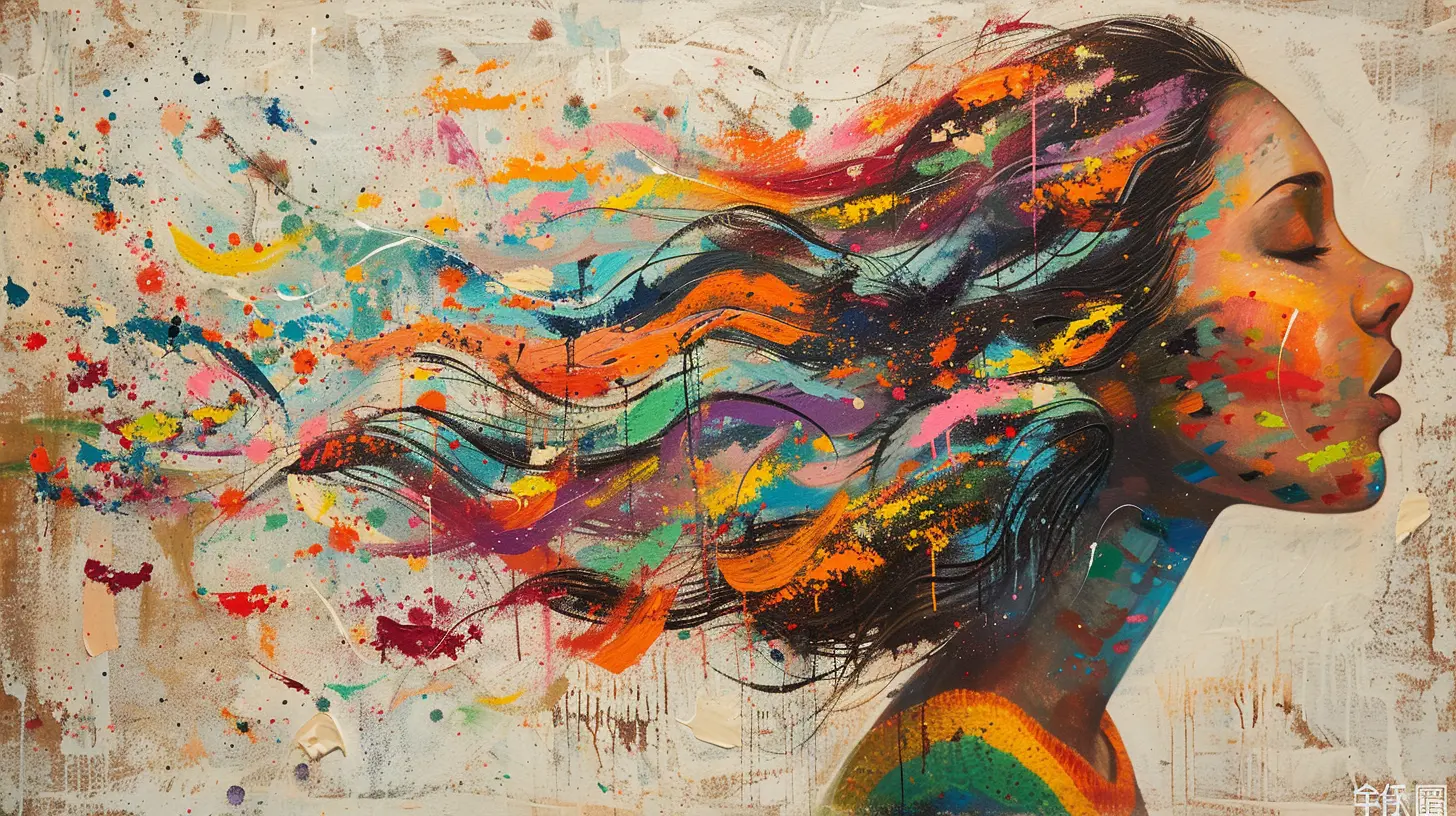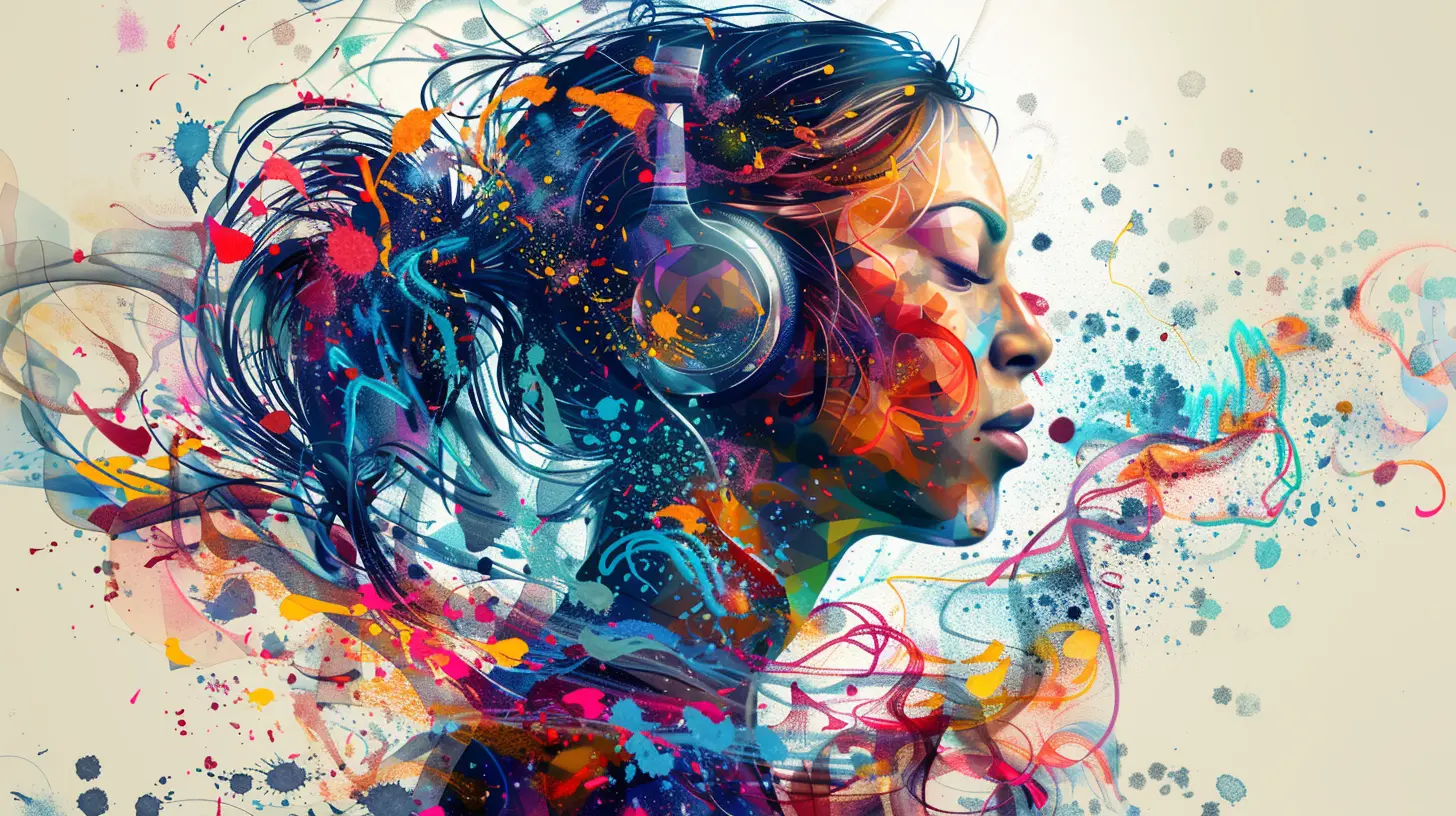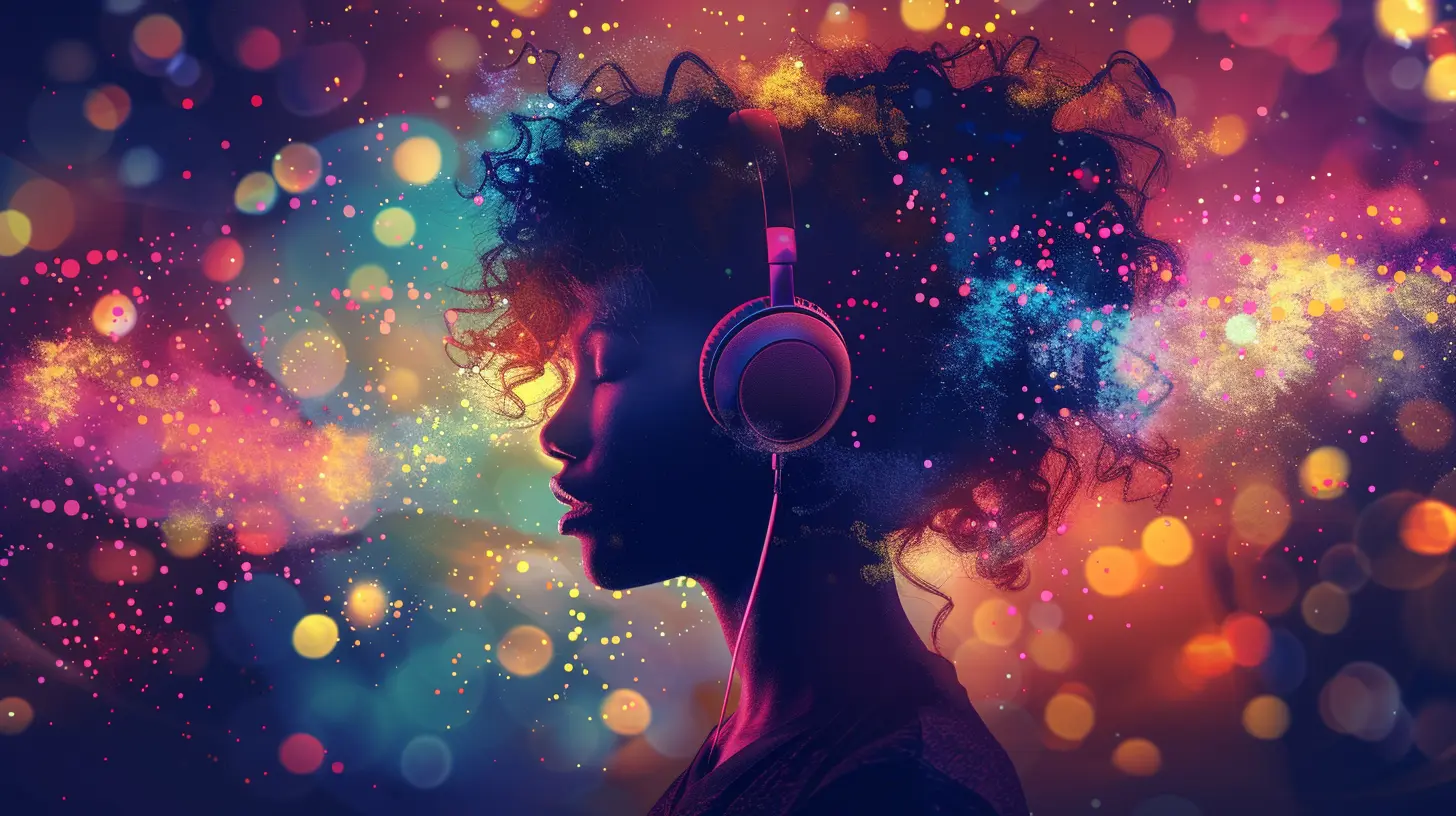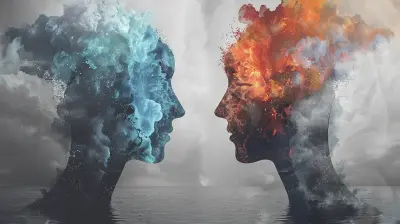25 April 2025
Let’s face it—life can get emotionally messy. One moment you're cool, the next you're riding a rollercoaster of stress, sadness, anxiety, or straight-up overwhelm. And while deep breathing and therapy are fantastic, not enough people talk about the powerful role music and art can play in helping us get a handle on our emotions.
That’s right—grabbing a paintbrush or turning on your favorite playlist might be just what the brain ordered.
In this article, we're diving into how creative expression through music and art can help us regulate emotions, find our inner calm, and feel more in control even when life gets chaotic. Ready? Let's get into it.
What Is Emotional Regulation?
Before we get artsy, let’s break down what emotional regulation actually means. It’s how we manage and respond to emotional experiences. Think of it as your internal thermostat for feelings. Too hot with anger? Too cold with sadness? Emotional regulation helps bring you back to your comfortable space.But here’s the tricky part: regulating emotions isn’t about suppressing or ignoring how you feel. It's about recognizing those emotions, understanding them, and responding to them in a healthy, balanced way.
So where do music and art come in? They're like tools—simple, powerful, and always accessible.
Why Music and Art?
When words fail, music and art speak. They bypass logic and go straight to the heart. That’s no poetic exaggeration—there’s solid brain science behind it.Music and Emotions: A Brainy Love Affair
You know that feeling you get when your favorite song comes on and it hits you right in the soul? That’s your brain releasing dopamine—the feel-good chemical. Music also influences the amygdala, the brain region involved in emotional processing.Different tempos, rhythms, and melodies can trigger relaxation, excitement, nostalgia, and even provide comfort. You don't need to play an instrument or have golden pipes. Just listening works wonders.
Art and the Power of Expression
Art taps into something deeper. Drawing, painting, sculpting—it all gives form to what you’re feeling inside, especially when it’s too complex to put into words. For many people, art becomes a safe outlet for venting emotions without judgment.Plus, repetitive movement—like stroking a brush across a canvas or shading with a pencil—has a calming, almost meditative effect. It’s like your brain’s version of a cozy blanket.
How Music Helps with Emotional Regulation
Let’s zoom in on music. It’s more than entertainment; it’s emotional CPR. Here’s how it helps:1. Shifts Mood Almost Instantly
Music is a mood shifter. Feeling low? A high-energy track can lift you. Overstimulated or anxious? Ambient or classical tunes may help slow your heart rate and relax your muscles.Create playlists for different needs—one to energize, one to soothe, and one for those “I just need to cry in the car” moments.
2. Encourages Emotional Release
Ever ugly-cried to Adele or danced your heart out alone in your room? That's emotional regulation in action. Music gives you permission to feel deeply, let it out, and move through it.3. Provides a Sense of Control
Choosing what you listen to gives you power over your emotional landscape. In moments where everything else feels out of control, this small act of choice is grounding.4. Promotes Mindfulness
Listening to music mindfully—really zoning in on lyrics, instruments, or the beat—keeps you in the present. And being in the here-and-now is a big part of emotional regulation.
How Art Supports Emotional Regulation
Now, let’s talk about art—the silent therapist that listens without judgment.1. Translates Feelings into Visual Form
Sometimes, you don’t even know what you're feeling until it comes out on paper. Art can act like a mirror. You might find clarity or realize, “Whoa, I didn’t know I was carrying that.”2. Acts as an Emotional Outlet
Whether it’s slapping bold red paint on a canvas or carefully sketching a sorrowful face, your energy goes somewhere. This release can be incredibly healing.3. Builds Focus and Calm
Creating art often requires pinpoint focus. This focus can silence anxious thoughts and slow down racing minds. It’s like meditation, but with colors.4. Boosts Self-Esteem and Motivation
Completing a creative project—even a messy doodle—gives a sense of achievement. It reminds you that you're capable and creative, even on your worst days.Make It Work: Practical Ways to Use Music and Art in Daily Life
You don’t have to be Picasso or Beethoven to feel the benefits. In fact, the goal isn’t perfection—it’s expression.Daily Music Mood Hacks
- Morning Motivation: Play upbeat music to jumpstart your day with energy.- Stress Detox: Use soft, instrumental tracks after work or during breaks.
- Sleep Ritual: Listen to calming sounds or white noise to prepare your mind for rest.
- Express & Release: Put on songs that match your current mood and let yourself feel it all.
🎵 Pro tip: Pay attention to lyrics. Sometimes, songs validate your emotions better than people do.
Easy Art Activities for Emotional Check-Ins
- Mood Journaling with Colors: Instead of words, use colors to represent how you feel. Blue for calm, red for anger, yellow for excitement—whatever makes sense to you.- Doodle It Out: Keep a notebook for spontaneous doodles. No rules. Just lines and shapes.
- Collage Therapy: Cut and paste images or words from magazines to create a visual diary.
- Finger Painting (Yes, Even as Adults): Raw, messy, and primal. It’s surprisingly liberating.
🖌️ Pro tip: Try not to judge your creations. This is about emotion, not skill.
When to Use Music and Art for Emotional Regulation
These tools shine brightest during specific moments. Let’s break it down.During Stressful Situations
Stuck in traffic, overwhelmed at work, or bracing for a tough conversation? Use music to redirect your mood or art to calm jittery hands.After Emotional Highs or Lows
Whether it’s a breakup, a job loss, or even something positive that’s still emotionally intense like a new baby or promotion—art and music help process the aftermath.As Part of a Daily Mental Health Routine
Incorporate music and art into your daily rituals—like brushing your teeth, but for your soul.The Science Backs It Up
Still skeptical? Let’s peek at the research.- A 2013 study in the Journal of Positive Psychology found that people who actively listened to upbeat music reported improvements in their mood and happiness in just two weeks.
- According to the American Art Therapy Association, engaging in visual art reduces cortisol, the stress hormone, even when people don’t consider themselves artists.
- Brain scans show that music can influence brain regions tied to emotions, motivation, and stress regulation, like the prefrontal cortex and hippocampus.
In simple terms: this stuff actually works.
Music and Art in Therapy
There are entire fields of therapy built on music and art. Art therapists and music therapists are trained professionals who guide individuals through creative activities to navigate trauma, grief, anxiety, and more.Therapeutic or not, these expressive approaches offer a level of healing that words alone sometimes can't match.
Barriers to Watch Out For (And How to Bust Them)
“I’m Not Creative”
Let that go. You don’t need to be a rockstar or Michelangelo. You're not making a museum piece; you're using tools to feel better.“I Don’t Have Time”
You don’t need hours. A 5-minute sketch or one feel-good song during your coffee break can do wonders.“What If Someone Sees My Work?”
Keep it private if that’s what makes you comfortable. Your expression is for you, not for display.Bringing It All Together
Using music and art for emotional regulation isn’t just for artists or musicians—it’s for humans. We all feel, we all struggle sometimes, and we all have the capacity to heal through creative expression.The next time you’re overwhelmed or riding an emotional high or low, don’t just sit with it. Turn on a song. Pick up a pencil. Let your soul speak in ways words can’t.
It doesn’t have to be pretty. It just has to be real.




Peregrine Moses
This article beautifully highlights the therapeutic potential of music and art in emotional regulation. Exploring these creative outlets can enhance self-awareness and coping strategies, offering valuable tools for mental well-being. Well done!
April 26, 2025 at 4:51 AM